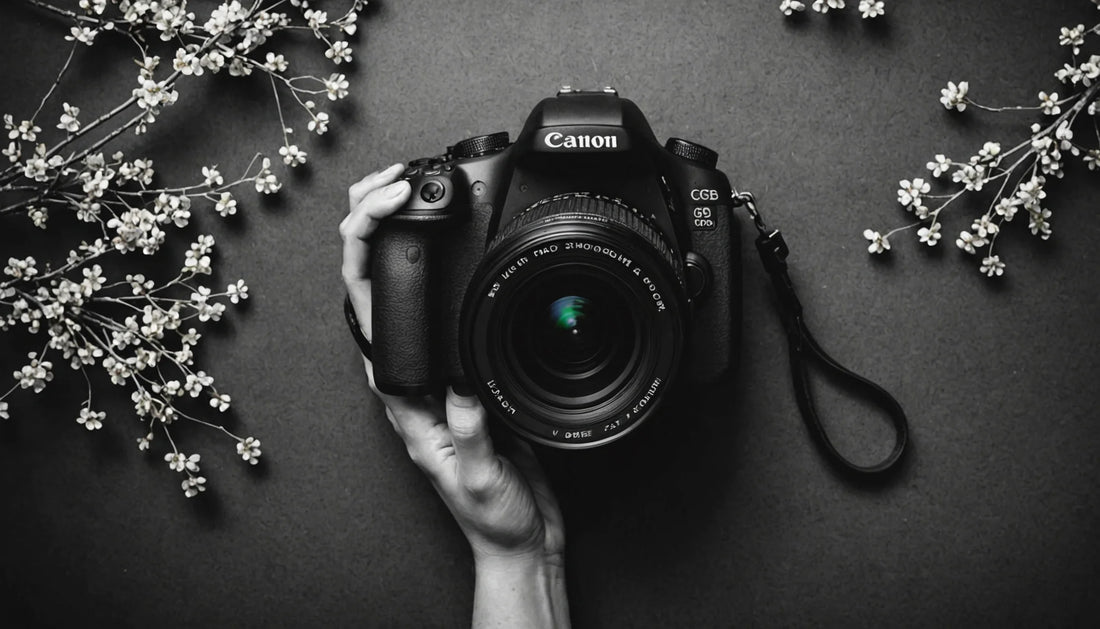“My five year-old could paint better than that.” You may have heard this in a museum as a group of matrons waltz by the abstract part of the exhibit, as they give a mere glance at the art which they do not understand. They are wrong. It takes a feel for art, a love for art, and a ready willingness to accept the tenet that abstract art is “art for art’s sake.” The piece that they do not pause in front of has taken the artist time and thought and skill to produce, and as they exit the area, you can be forgiven for your pride in saying that, yes, you do understand abstract art. It has taken reading, study and a number of visits to this museum, but you do have an underpinning of knowledge about the varied field of abstract art. In fact, you could give a short lecture on “Abstract Painting Explained.j”
At the metaphysical and visceral level, abstract art satisfies us, because it flies in the face of expectation even as it accomplishes its artistic goals. Art for decoration has its place and the goal to make pretty a utilitarian or commonplace object or setting. Functional art tells a story or illustrates a moral; it can uplift us to the state that we mean to be all the time, every day. But abstract art exists simply, for no other reason than that the artist created it. It delves into the realms of art unknown by anyone save the artist. It challenges the viewer. It may even upset the viewer emotionally. Abstract art exists as a completed work, and any daub of paint or squiqqle of line added to it would demolish that state of completion.
In the beginning, abstract art was said to be ‘non-representational,” “non-figurative,” and “representing the intrinsic value of the subject, not its external appearance.” These descriptive phrases are still true today. Impressionism backed off from the formal representation of figures in that it sought only to portray the reflected light from them, and abstract art moved further along that path, to the point where the subject is merely suggested by a swirl, for a hurricane, or a triangle, for a sense of stability. Anyone coming to an exhibit of abstract art already carries within himself or herself a wealth of cultural knowledge and will need to realize that he or she is not a passive viewer, but an active one. That is, it may take work in the form of thinking to decipher the meaning of an abstract piece. Could you see a portrait of Bambi and not know it represents a deer? No, you could not. Could you see the curve of the grown-up Bambi’s antler detached from the rest of the figure and realize that the curve represents Bambi’s voyage to adulthood, his triumph over the traumatic death of his mother and his steady friendships with his childhood companions? Not without some thought. But that is what going to an abstract art gallery means, that there is no childish ease in the experience. We expect to be guided to an understanding of the abstract piece, not have it handed to us without effort. We are adults, and we can “look beneath the seeming” because that is what adults do. It’s not so difficult, see?


